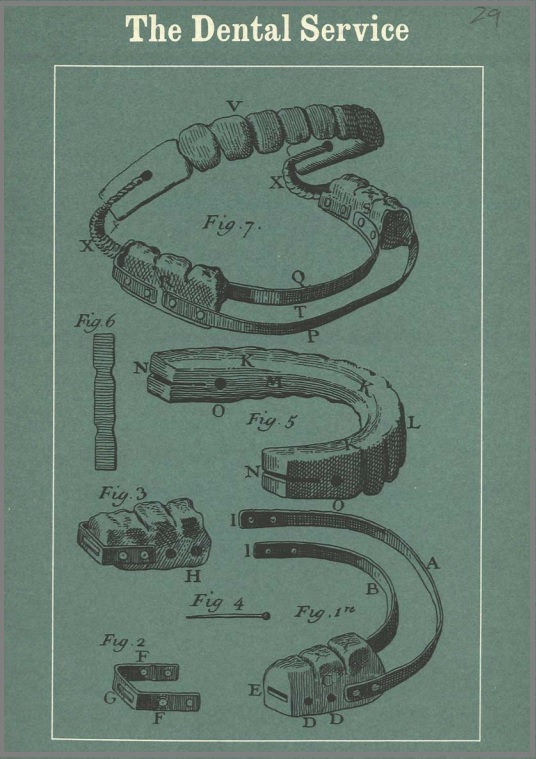The cost of dentistry now exceeds £100 million a year. In terms of a single specific illness or disease this figure is second only to the…
The cost of dentistry now exceeds £100 million a year. In terms of a single specific illness or disease this figure is second only to the cost of mental illness and is greater than direct National Health Service expenditure on conditions such as…
The cost of dentistry now exceeds £100 million a year. In terms of a single specific illness or disease this figure is second only to the cost of mental illness and is greater than direct National Health Service expenditure on conditions such as pregnancy or the treatment of heart disease, bronchitis or tuberculosis.
This comparison, however, over-simplifies; it serves only to underline the relative cost to the community at large of the National Health Service dental services without considering the benefits. It begs the question of how much should be spent upon the care of teeth, and whether current expenditure is excessive or sadly deficient. These questions are at present perhaps unanswerable. Nevertheless, a different perspective of the current £100 million a year National Health Service expenditure upon the dental service can be seen if it is compared to personal expenditures upon, for example, hair dressing services, which in 1967 exceeded £175million.
This study is concerned with the development and the problems of the dental service in this country. It concentrates upon the structure, size and operations of the service and the means by which it is financed. It considers firstly the main trends of expenditure, relating it to the overall growth in the Health Service during the past twenty years and its demands upon the total national income. It then considers the supply of dental manpower and the changes in demand since the start of the National Health Service. The current position is then examined in detail again in terms of both the supply and the demand for dental care. The conclusion explores the effectiveness of the current system supporting the dental services in relation to technological and other developments and also relative to the demands the community could or should be placing upon the dental services.
